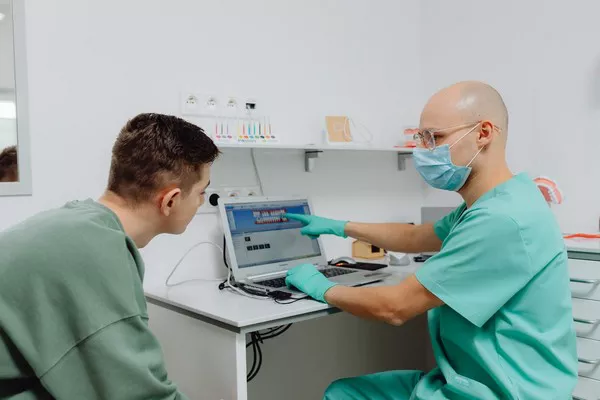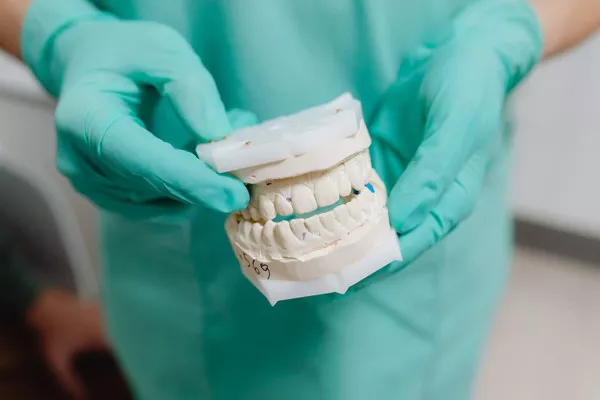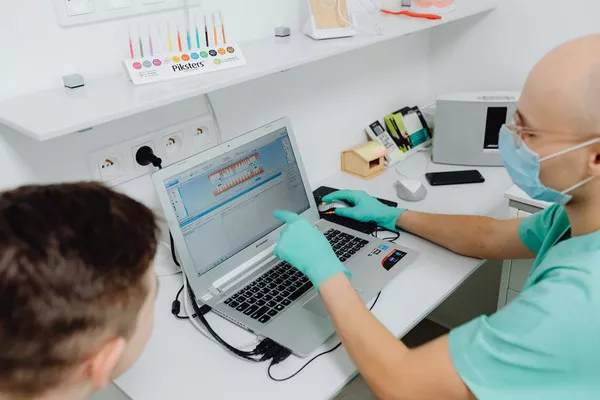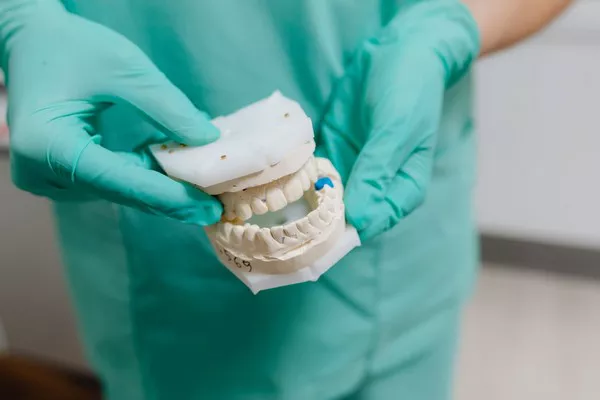Gingivitis, a common form of gum disease, can cause discomfort and pain for those affected. This article aims to explore the reasons behind the pain associated with gingivitis and provide insights into effective solutions. By understanding the underlying causes and implementing proper oral care practices, individuals can alleviate gingivitis-related pain and promote oral health.
The Inflammatory Nature of Gingivitis
Gingivitis is primarily caused by bacterial plaque buildup along the gumline. Plaque contains harmful bacteria that release toxins, leading to inflammation and irritation of the gums. These toxins stimulate the body’s immune response, triggering an inflammatory reaction in the gum tissues. As a result, the gums may become red, swollen, and tender to the touch.
Increased Sensitivity of Inflamed Gums
Inflamed gums are more sensitive and susceptible to pain due to several factors:
a. Nerve Endings:
Gums contain numerous nerve endings that transmit sensory information to the brain. When gum tissues become inflamed, these nerve endings become hypersensitive, causing increased pain perception.
b. Gum Recession:
Gingivitis can lead to gum recession, where the gum tissue pulls away from the teeth, exposing the tooth roots. Unlike the protective enamel covering the crowns of the teeth, the exposed roots are covered by a softer layer called cementum. Cementum is more sensitive to stimuli such as hot or cold foods and drinks, resulting in heightened discomfort.
c. Bleeding and Ulceration:
Inflamed gums are prone to bleeding, especially during brushing or flossing. The presence of small ulcers or sores may further contribute to the pain experienced during oral hygiene practices.
d. Pressure Sensitivity:
In advanced cases of gingivitis, pockets may form between the gums and teeth, allowing bacteria to accumulate. When pressure is applied to these pockets, such as when chewing or biting, it can lead to localized pain and discomfort.
Contributing Factors to Gingivitis-Related Pain
Several factors contribute to the pain experienced with gingivitis:
a. Poor Oral Hygiene:
Inadequate oral hygiene practices, including infrequent or improper brushing and flossing, allow plaque to build up, leading to gum inflammation and subsequent pain.
b. Tartar Accumulation:
When plaque is not effectively removed, it can harden and form tartar or calculus. Tartar provides a rough surface where additional plaque can adhere, exacerbating gum inflammation and pain.
c. Dental Misalignment:
Crooked or misaligned teeth can create areas that are difficult to clean properly, increasing the risk of plaque accumulation and gingival inflammation. These areas may also experience added pressure during biting or chewing, resulting in discomfort.
d. Hormonal Changes:
Hormonal fluctuations, such as those occurring during puberty, pregnancy, or menopause, can make the gums more susceptible to inflammation and increase pain sensitivity.
e. Tobacco Use:
Smoking or chewing tobacco products can impair the body’s immune response, making it harder for the gums to fight off infection. Tobacco use also restricts blood flow to the gums, impeding their ability to heal and contributing to increased pain.
Managing Gingivitis-Related Pain
Effective management of gingivitis-related pain involves addressing the underlying causes and implementing proper oral care practices:
a. Improve Oral Hygiene:
Brush your teeth at least twice a day using a soft-bristled toothbrush and fluoride toothpaste. Pay close attention to the gumline, gently massaging it with circular motions. Regular flossing should also be part of your routine to remove plaque and food particles from between the teeth and along the gumline.
b. Use a Gentle Touch:
When brushing, avoid aggressive scrubbing as it can further irritate the gums. Instead, use gentle pressure and soft, circular motions to clean the teeth and gums effectively.
c. Consider an Antimicrobial Mouthwash:
An antimicrobial mouthwash can help reduce bacteria in the mouth, promoting gum health. Consult with your dentist to determine which mouthwash is suitable for your needs.
d. Seek Professional Dental Care:
Schedule regular dental check-ups to monitor your oral health and receive professional cleanings. A dentist or dental hygienist can perform deep cleaning procedures such as scaling and root planing to remove tartar below the gumline.
e. Address Underlying Dental Issues:
If misaligned teeth or dental restorations contribute to gum inflammation and pain, consult with your dentist about appropriate solutions, such as orthodontic treatment or adjustments to dental work.
f. Quit Tobacco Use:
If you smoke or use tobacco products, quitting can significantly improve your gum health and alleviate gingivitis-related pain.
Conclusion:
Gingivitis is a type of gum disease that occurs when there is inflammation in the gums. The primary cause of gingivitis is poor oral hygiene, which leads to the buildup of plaque on the teeth. Plaque contains bacteria that release toxins, irritating the gums and causing inflammation.
The pain associated with gingivitis is primarily due to the inflammation response of the body. When the gums become inflamed, they become swollen, red, and tender. The increased blood flow to the affected area can cause discomfort and sensitivity. In some cases, the gums may also bleed during brushing or flossing, adding to the pain.
It’s important to note that gingivitis is typically reversible with proper oral care. By practicing good oral hygiene habits such as regular brushing, flossing, and professional dental cleanings, you can effectively treat and prevent gingivitis, reducing any associated pain or discomfort. If you’re experiencing persistent pain or if your symptoms worsen, it’s best to consult a dentist for a proper diagnosis and treatment plan.
Related Topics:





























